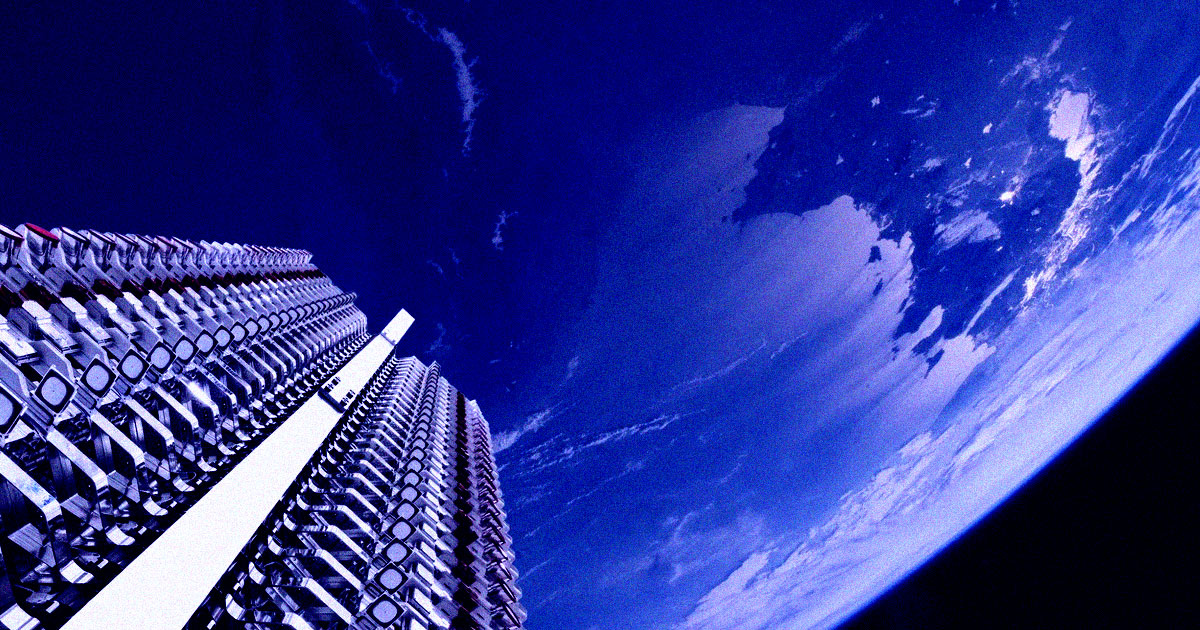Abstract
Large constellations of small satellites will significantly increase the number of objects orbiting the Earth. ****Satellites burn up at the end of service life during reentry, generating aluminum oxides as the main byproduct. These are known catalysts for chlorine activation that depletes ozone in the stratosphere We present the first atomic-scale molecular dynamics simulation study to resolve the oxidation process of the satellite’s aluminum structure during mesospheric reentry, and investigate the ozone depletion potential from aluminum oxides. We find that the demise of a typical 250-kg satellite can generate around 30 kg of aluminum oxide nanoparticles, which may endure for decades in the atmosphere. Aluminum oxide compounds generated by the entire population of satellites reentering the atmosphere in 2022 are estimated at around 17 metric tons. Reentry scenarios involving mega-constellations point to over 360 metric tons of aluminum oxide compounds per year, which can lead to significant ozone depletion.



https://en.m.wikipedia.org/wiki/Abundance_of_the_chemical_elements
That article discusses how to determine the average distribution of the elements. Considering that only 2% is not Hydrogen or Helium, I would guess that the amount of aluminum in those meteorites is either not burned up in the atmosphere, or is negligible enough to not make a difference.
I assume that claim comes from:
I kind of doubt that hydrogen or helium comprise 98% of the mass of the 48 tons of meteors per day. I kinda suspect that the 48 tons of meteors are comprised almost entirely of “other” elements.